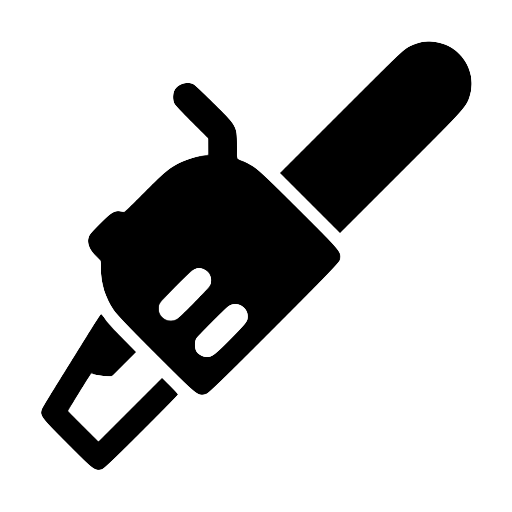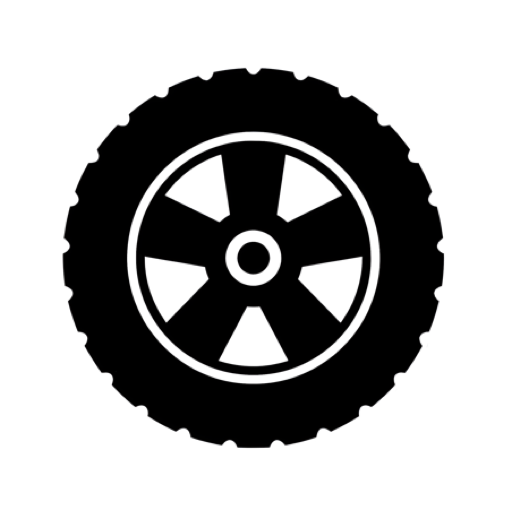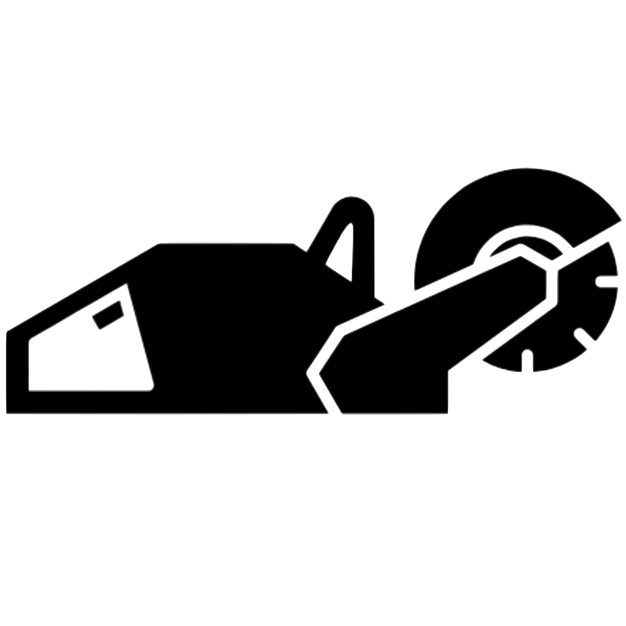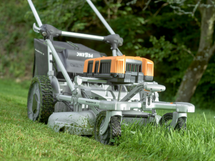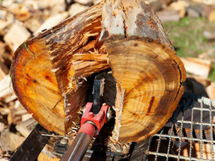If you're spotting uneven patches in your grass, it's a clear sign that your mower isn't performing at its best. Over time, the blades of your mower wear out, requiring periodic replacement to enhance efficiency. By installing sharp, new blades, not only will you maintain a healthier lawn, but you'll also reduce the frequency of mowing. Swapping out the blades is a quick and straightforward task that won't demand much of your time.
Preparation:
Prior to replacing the blade on your ride-on mower, take safety precautions. Ensure the mower is turned off, the engine is cool, and disconnect the spark plug wire to prevent accidental startup. Wear safety gloves to protect your hands during the blade replacement process.
Positioning the Mower:
Park the ride-on mower on a level surface and engage the parking brake to secure it. Set the cutting deck to the highest position, providing ample space for accessing and removing the blade.
Removal of the Old Blade:
Locate the blade mounting bolts or nuts securing the blade to the spindle assembly beneath the cutting deck. Use a socket wrench or suitable tool to loosen and remove the mounting bolts or nuts holding the blade. Take note of the blade's orientation for proper installation of the new one.
Blade Inspection:
Before installing the new blade, inspect the spindle assembly and surrounding components for signs of damage or excessive wear. Address any detected issues before proceeding.
Installing the New Blade:
Place the new blade onto the spindle assembly, ensuring it aligns with the orientation of the old blade. Thread the mounting bolts or nuts back onto the spindle and securely tighten them. Consult the manufacturer's recommended torque specifications if available. Confirm that the blade is properly seated and aligned with the cutting deck.
Testing and Adjustments:
Once the new blade is installed, reconnect the spark plug wire. Lower the cutting deck to your desired height. Start the mower and engage the cutting deck to ensure the blade rotates smoothly without wobbling or vibrations. Make any necessary adjustments to the blade's position or the cutting deck for optimal cutting performance.
Remember to consult your ride-on mower's manual for specific instructions or precautions provided by the manufacturer. Always prioritize safety and take necessary precautions when working with machinery.
If you're uncertain or uncomfortable with any part of the process, it's advisable to seek assistance from a professional or a qualified technician. Get in touch with our Customer Support Team here.



